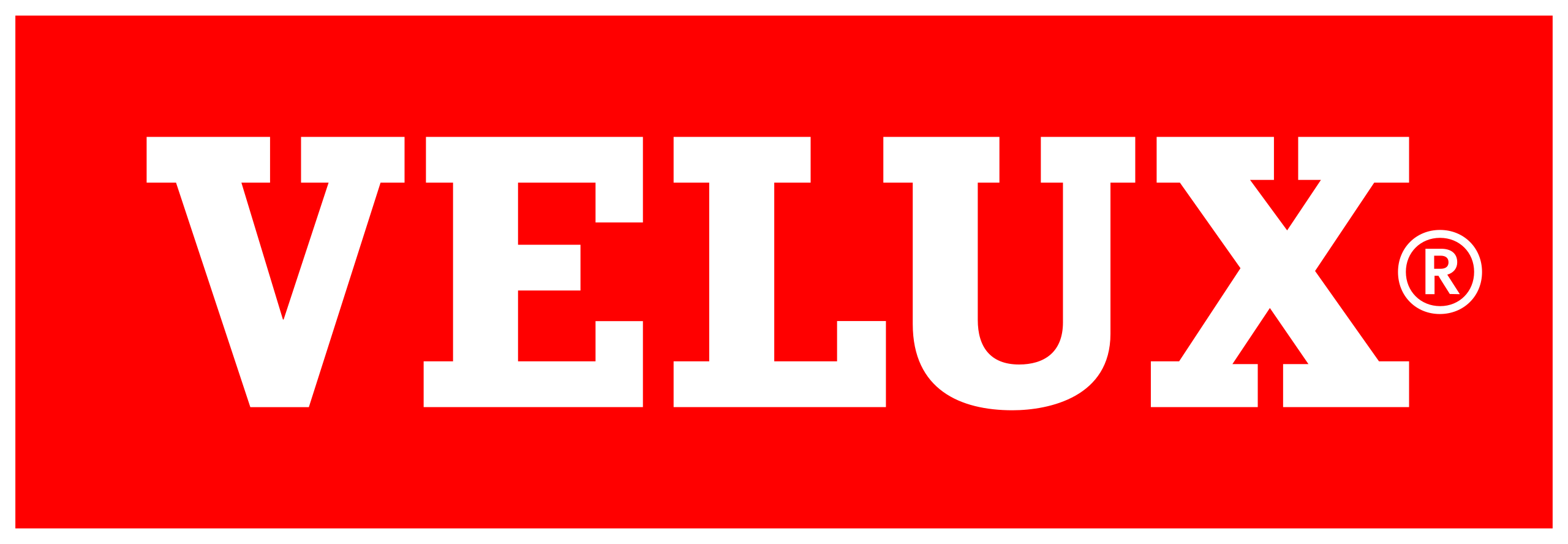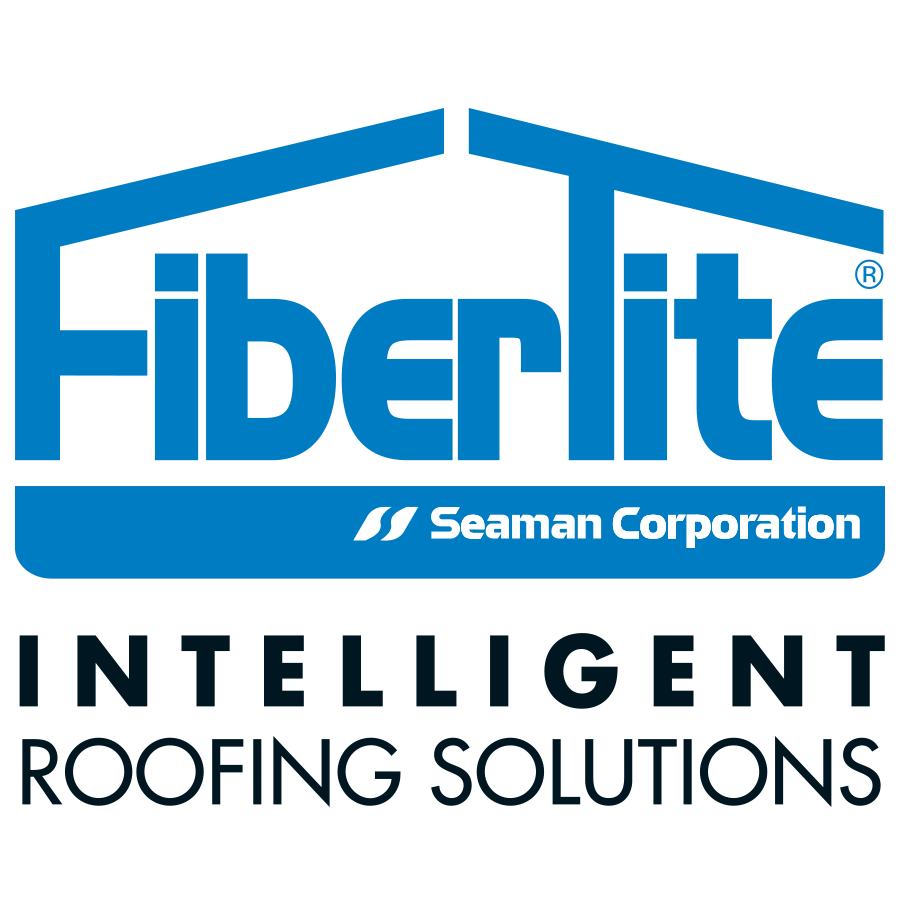
Green roofs, also known as vegetated roofs or eco-roofs, have been gaining popularity in recent years as a sustainable solution for urban areas. These roofs are covered in vegetation and soil, providing numerous environmental benefits while also adding an aesthetically pleasing touch to buildings.
What Is The Role Of Green Roofs In Sustainable Development?
Sustainable development means taking care of the needs of today without harming the ability of future generations to take care of their own needs. With cities becoming increasingly dense and facing environmental challenges, green roofs have emerged as a solution for promoting sustainability.
Green roofs have a big advantage because they lower energy use. The plants and soil layers insulate and cut the need for heating and cooling in buildings. This saves energy and reduces carbon emissions, which helps fight climate change.
Additionally, green roofs also assist in lowering the urban heat island effect, which refers to cities being much hotter than the surrounding rural areas because of human activities like transportation and industry.
Green roofs absorb heat from the sun and release it gradually, which helps control temperatures in cities and makes living spaces more comfortable.
In addition to these benefits, green roofs also improve air quality by capturing pollutants and filtering them out of the air. They also help reduce stormwater runoff, which is a major issue in cities with limited natural surfaces for water absorption. The plants on green roofs absorb rainwater and release it gradually, reducing the burden on stormwater management systems.
How Do Green Roofs Affect Biodiversity?
Green roofs also play a crucial role in promoting biodiversity in urban areas. With cities expanding and natural habitats being destroyed, green roofs provide a small but significant space for plants, insects, birds, and other animals to thrive. The vegetation on green roofs attracts pollinators such as bees and butterflies, helping support urban ecosystems. They also provide a source of food and shelter for birds, which are essential for maintaining a balanced ecosystem.
Studies have shown that green roofs can create microhabitats that support a diverse range of plant species, including rare and endangered ones. This is especially important in cities where traditional green spaces like parks may not be able to support a diverse range of plants due to limited space and resources. Green roofs also act as stepping stones for species, allowing them to move between green spaces in the city and maintain genetic diversity.
Moreover, green roofs can help mitigate the negative impact of urbanization on wildlife by providing a safe haven for animals like birds and insects. With less greenery in cities, it becomes increasingly difficult for these creatures to find food and shelter. Green roofs provide a solution by creating mini ecosystems that can support various species and help maintain biodiversity in urban areas.
The Role of Green Roofs in Sustainable Development
Green roofs are an essential part of sustainable development, as they have numerous environmental benefits. They contribute to reducing the urban heat island effect by absorbing heat and reducing the amount of energy needed to cool buildings.
This, in return, helps decrease carbon emissions and fight against the impacts of climate change. Moreover, green roofs enhance air quality by filtering out harmful substances and absorbing carbon dioxide from the air.
Plus, green roofs also have economic advantages. They can help reduce energy consumption in buildings, leading to lower energy bills for individuals and businesses. Green roofs can also extend the lifespan of a roof by protecting it from extreme weather conditions.
But one of the most significant roles of green roofs in sustainable development is their contribution to promoting urban biodiversity. In this blog post, we will dive deeper into how green roofs impact biodiversity and discuss their ecosystem services.
How Green Roofs Affect Biodiversity
- Habitat Creation
Green roofs provide a habitat for various plant and animal species that would not typically survive in urban environments. They offer a small piece of greenery amidst the concrete landscape, creating an oasis for birds, insects, and other wildlife.
- Pollinator Support & Species Diversity
With traditional roofs being made of materials such as asphalt or gravel, they do not support any form of life. However, green roofs are lined with soil and vegetation, creating a micro-ecosystem that mimics natural habitats. This can help increase the diversity of species in urban areas and provide crucial food sources for pollinators like bees and butterflies.
- Migration Corridors
Moreover, green roofs also act as stepping stones for wildlife to move between urban parks and nature reserves. As cities continue to expand, these green corridors are essential for maintaining connectivity within ecosystems and allowing species to thrive.
What are the Ecosystem Services of Green Roofs?
Green roofs aren’t just aesthetically pleasing; they offer a host of benefits for both urban environments and nature. These rooftop gardens provide valuable ecosystem services, contributing to a healthier and more sustainable world.
- Temperature Regulation
Green roofs act like natural air conditioners. The plants on the roofs cool down the surrounding air, making cities less heat-prone.
- Air Quality Improvement
Plants love to breathe in carbon dioxide and release oxygen. Green roofs help filter the air, making it cleaner and healthier for everyone.
- Stormwater Management
When it rains, green roofs soak up water like sponges. This prevents flooding in cities and reduces the stress on drainage systems.
- Biodiversity Boost
Green roofs become tiny habitats for birds, insects, and plants. It’s like creating a little nature oasis in the midst of concrete jungles.
- Energy Savings
The plants on green roofs provide insulation, keeping buildings cooler in summer and warmer in winter. This helps save energy and reduces electricity bills.
- Longer Roof Lifespan
Green roofs act as protective shields for buildings, shielding them from harsh weather conditions. This extends the life of the roof underneath.
Green roofs are not just a trendy architectural feature but a critical component of urban sustainability. They offer a holistic solution to a range of urban challenges, from temperature regulation and stormwater management to biodiversity conservation and pollution reduction.
At Eason Roofing, we are committed to championing this sustainable roofing revolution and helping our clients make a positive impact on their communities and the environment. Join us in transforming rooftops into thriving urban oases and be a part of the green roof movement that is reshaping our cities for the better.




